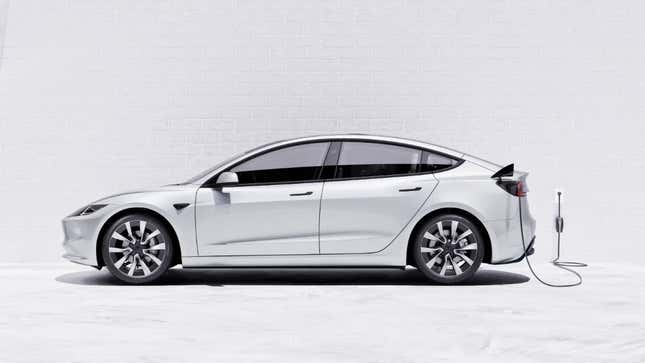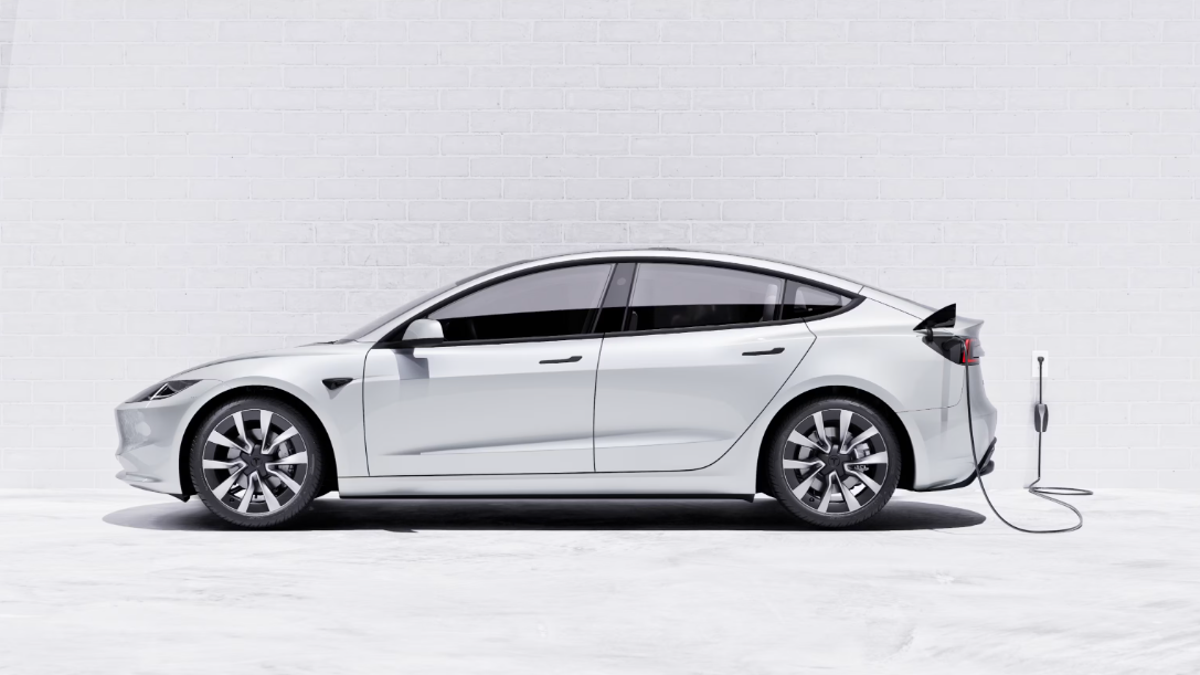
Tesla boss Elon Musk has been promising an entry-level $25,000 electric vehicle for six years. He first mentioned the possibility of the car in 2018, saying it would happen within three years, then doubled down on the idea at Tesla’s Battery Day in late 2020. According to reports from Reuters, Tesla has inquired with suppliers to bid the project, aiming for weekly production volume of 10,000 units globally. Reuters’ sources claim the tiny Tesla would hit the market in June of 2025. The American electric vehicle company is aiming to build the car at its Texas and Berlin factories, and is potentially looking to build another factory in India for the new model.
Tesla’s current least expensive model is the $38,990 Model 3 Rear-Wheel Drive. Getting a small hatchback or crossover to best that price by more than $13,000 isn’t going to be easy work for Tesla. Apparently the company has been buying and taking apart mid-sized sedans like the Honda Civic in order to figure out how to efficiently and inexpensively build a high-volume product. The Civic currently starts at $23,950 in the U.S. market, and as good as it is, an electric competitor from Tesla for just a thousand dollars more would be quite a compelling product.
Let’s be honest, though. Tesla has a propensity to over-promise and under-deliver. The $25,000 EV has been on the brand’s docket for at least six years, and the can keeps getting kicked down the road. If the engineers are just now getting bids from suppliers for “Redwood” then mid-2025 seems quite optimistic for production to begin.
Don’t forget that the idea of the Model 3 was first mentioned in a 2006 Musk interview, and it didn’t deliver to customers until the back half of 2017. Likewise the Roadster was unveiled six years ago, and the company took full-payment deposits from 1,000 customers without yet delivering a single example. The much-talked-about Cybertruck took over four years from Tesla grabbing deposits to getting the first trucks in owner hands. I would not be surprised if we don’t see Redwood until at least 2026, if ever.
With increasing pressure from inexpensive Chinese brands like BYD and Tesla’s shrinking market share woes, perhaps it would have been better for the company to focus on the so-called Project Redwood EV for the masses than a six-figure stainless steel super truck. Launching this car last fall would have been a much more significant event in comparison to the weird pickup.

